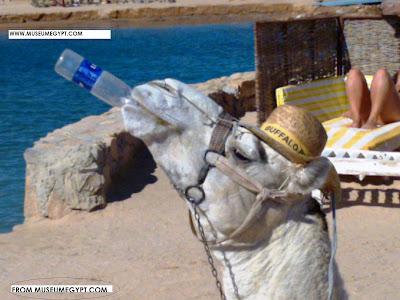
Could you send us some information on the Valley Of The Golden Mummies please we would be most grateful for any information you could give us. Dave & Irene Latch
The Valley of the Golden mummies.
This site is found in the Bahariya oasis which about 400 k.m south west of Giza. Valley of the golden mummies was an ancient Egyptian burial that dates back to different periods. The whole area was discovered by the Egyptian supreme council of antiquities and under the auspices of Dr. Zahi Hawas in 1996. The starting of the discovery was by mere accident as a donkey slipped into a tomb and led for the discovery of 250 mummies and roughly 45 tombs. The average age for discovered mummies is between 2000-2500 years. There is a rough estimation to number of mummies that may the future excavation bring to be 10,000 mummies. Also is believed that a lot of those mummies came from remote areas of Egyptian settlement, mainly during the Greco-Roman periods and that happened once the priests moved them to the desert. The reason beyond that was the taxation forced by the temple in order to store mummies and to maintain it and once space was lacked mummies were transferred secretly to the desert without letting somebody to know and to keep the tax continuously paid.
Yasser Kamel
www.museumegypt.com





























